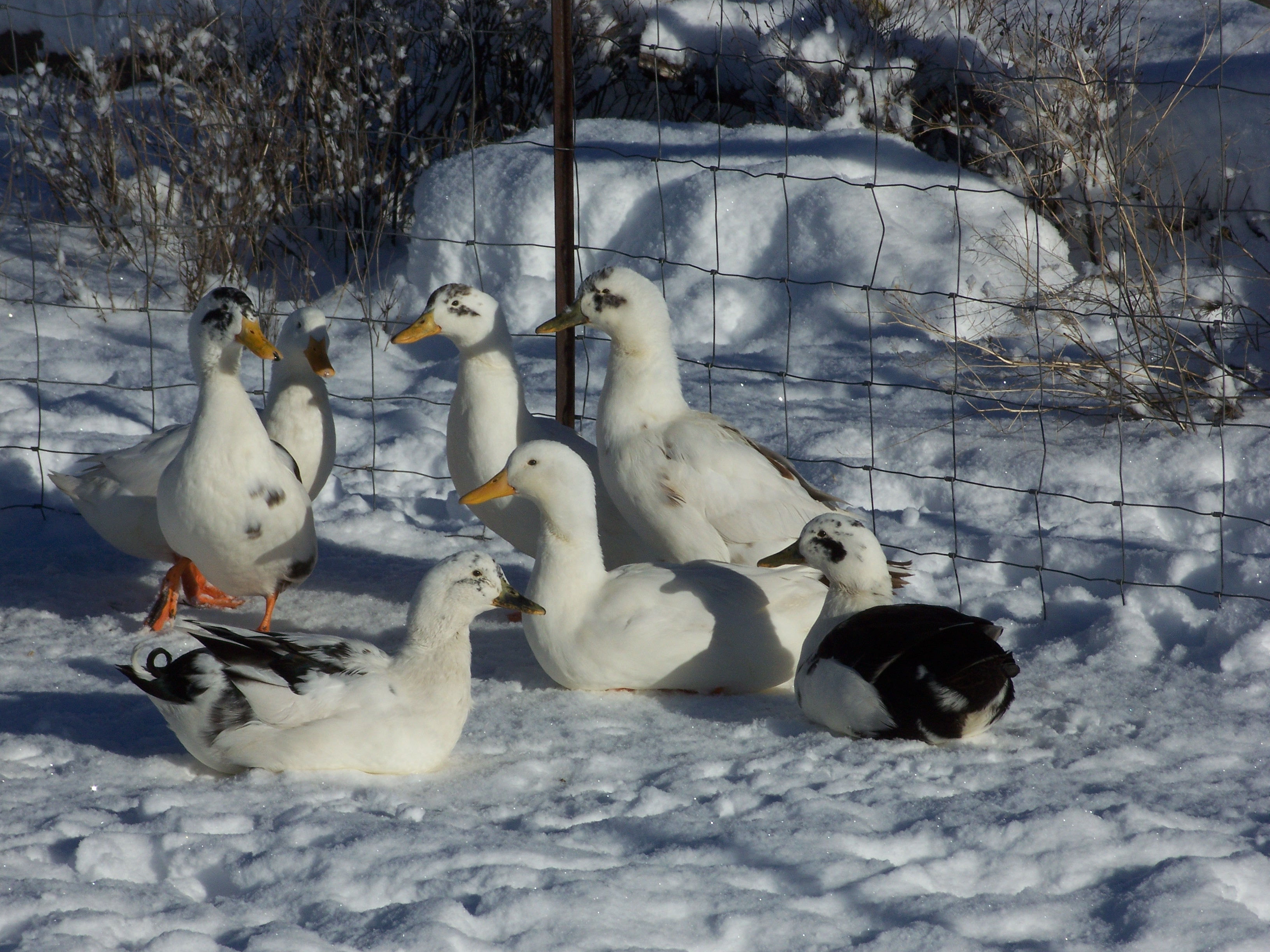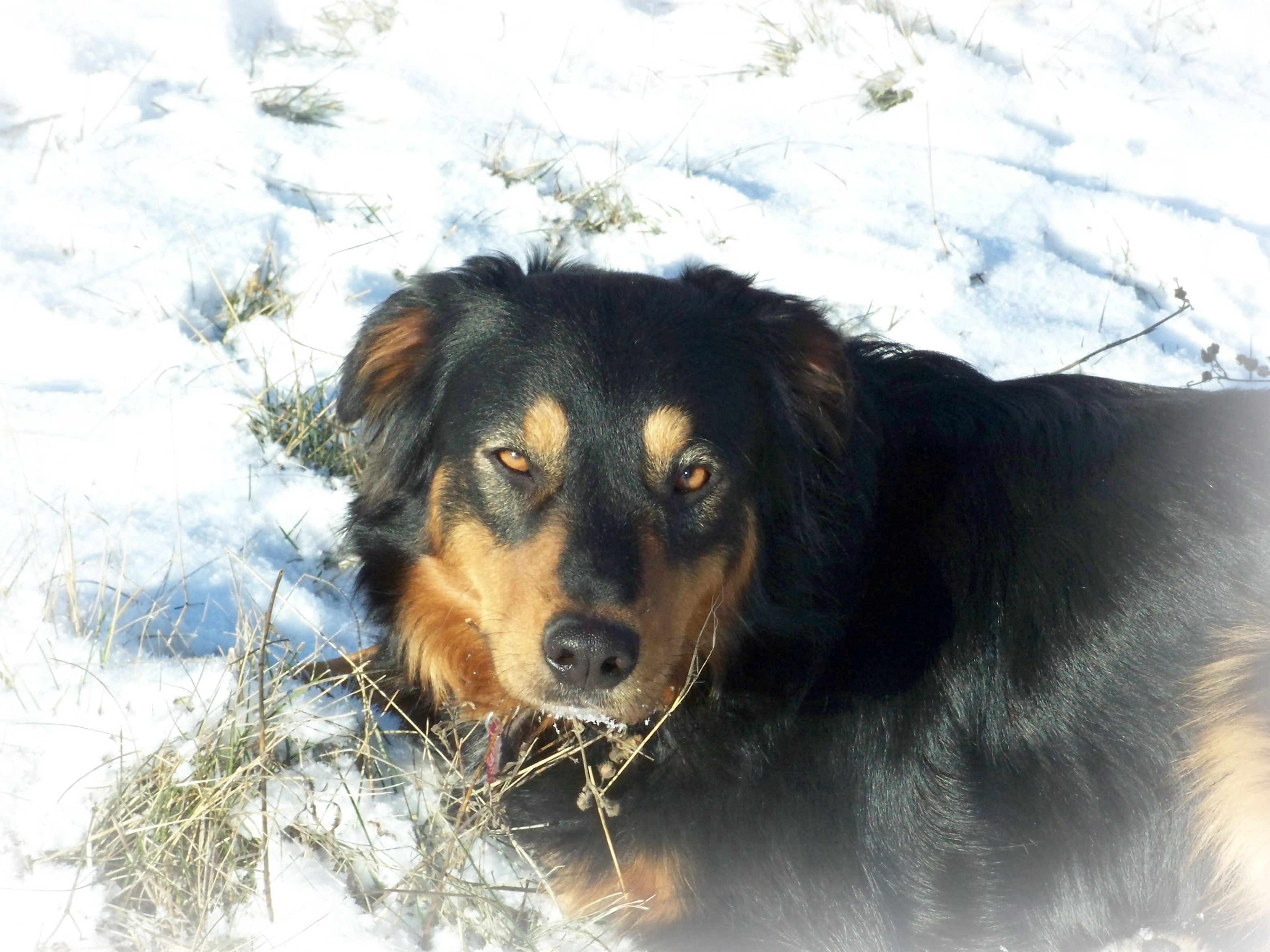Over the past several years there has been a remarkable increase in the number of women, with a sprinkling of men, maintaining a family milk cow or dairy goats. Wonderfully there are no signs of the trend slowing down either! You can add me to that throng since 2012 marked the beginning of having my own milk cow and in 2013 I milked a Nubian goat for a spell. If you have a dairy animal, you’ve got milk… and lots of it! The sweet, creamy flavor of nutrient-dense fresh raw milk is without compare!
In reading on the vast internet information highway, a conservative estimate would be that 65% of cows are being milked by machine. However, I milk by hand for a few reasons: 1) it develops a unique bond of trust with your dairy-producing girl, 2) it’s a warm position to be on a cold morning, 3) it requires no electricity, a key factor for off-grid folks like us, 4) it’s quiet, 5) your arms, shoulders, back, neck, legs, hips, and oblique’s get a work out, and last but not least 5) it’s actually quite relaxing and therapeutic! That being said, a few physical issues mean I will soon welcome a machine to my milking routine (I’ll keep you posted on that).
For those of you contemplating hand milking, a quick look at the simple supplies I use might come in handy. Of course, many of these items are also utilized if you milk with a machine.
Udder Wash – There are many formulations of udder wash available commercially or recipes to make your own. I chose the latter because I prefer to use all natural products and make things inexpensively at home. In any case, I use a 16 oz. spray bottle which uses less wash and is easy to direct right where you want it. My “secret formula” will follow in a separate post.
Towels – Cotton terrycloth is my choice in this application; I prefer natural fibers anyway. Most big discount stores carry this type of towel in bulk packages. To repeat the advice of a long-time milking friend, get more towels than you think you’ll need. You will use them!
Milking Stool – I use a plain ‘ol 5-gallon plastic bucket with a lid because that is what I have on hand. I find it suits me just fine though- it can be tipped forward to get closer, can be used to store items, is lightweight, has a handle, is washable, steady and sturdy, and isn’t too short so I can stand up quickly if I need to move fast. Plus, they’re readily available and inexpensive. Other folks buy three-legged stools, use small garden stools, or make their own wooden versions. I recently saw a photo of a vintage Irish milking stool which we thought might be neat to reproduce and give a whirl. If it doesn’t work out, it can always be of use somewhere on the Ranch. The point is to be creative!
Milk Pail – Seamless stainless steel is a must here. It’s not cheap, so be prepared to spend in this area. You can find good prices on them though, no need to break the bank. In a pinch, just use a stainless steel pot from the kitchen. I found a very nice milk pail at Hoegger Goat Supply that came with a handy lid; they have many sizes to choose from. Use warm water to rinse the milk out before washing in hot water. Avoid rinsing with cold water.
Milk Filter – This is another stainless steel item, but it isn’t too pricey. There are actually two styles of milk filter: one with a screw band to hold the filter disk, and one with a drop-in ring to secure it. Get the one with the ring! It just drops in on top the disposable filter disk, and pops out easily after use. Mine came from Caprine Supply. Rinse this in warm water before a hot wash, too.
Glass Jars – Glass canning jars are my choice for milk storage. Someday I might get a couple of those cute old-fashioned bottles for serving purposes! Glass is easy to keep scrupulously clean. Just as with the stainless steel items, rinse the milk out with warm water before washing in hot. When you wash them, use a sturdy brush designated for milk jars only. And do not towel dry the inside! This will keep debris you can’t see out of your milk so it lasts even longer. Instead allow them to air dry by turning upside down on your counter with one edge resting on a piece of wood doweling (or the handle of a wooden spoon) for air circulation.
Soap & Brush – Here again I like natural cleaners. I use the liquid hand washing dish soap made by Biokleen. Just a drop or two in hot water handles the job. Use a large brush that is for the milk pail and filter only. No cross-contamination here either!
What about a teat dip for after milking? Because I calf share, allowing the calf to milk her out, there is no real need to dip the teats after milking. The calf is a valuable partner in milking! Even once the calf is weaned however, I’m not a real fan of teat dips. No one dips the teats after the calf finishes, right? I feel as long as a person keeps good sanitary milking habits, there shouldn’t be a need to dip. But if you prefer, a simple solution can be made using water, essential oils, and grapefruit seed extract.
Why is water temperature for rinsing and cleaning important? Using warm water to rinse prevents milkstone (mineral deposits from the milk) from forming. Cold water encourages this formation, however. It’s a good idea to carefully clean your stainless steel items periodically with a foaming acid detergent since those deposits can’t be avoided completely and they do adversely affect milk flavor and holding qualities.
Now, where to do the milking? Most people use a head gate/stanchion in a stall of some sort. Without a halter/lead trained cow or proper set-up, I milked her where she stood in the pasture not restrained in any way. Not too pleasant in the rain or with a cow who wants to move around a lot though. For the goat we used a raised wooden stanchion with built-in head gate, placing it wherever most convenient. This freshening I will use a hoop shed, hopefully with a homemade stanchion, to stay out of the weather. We have plans for a milking parlor in the future barn. You see, there is plenty of flexibility in this area too, depending on what is available to you.
There you have it. A simple and inexpensive set-up for getting started hand milking your very own family milk cow or dairy goat!






Leave A Comment